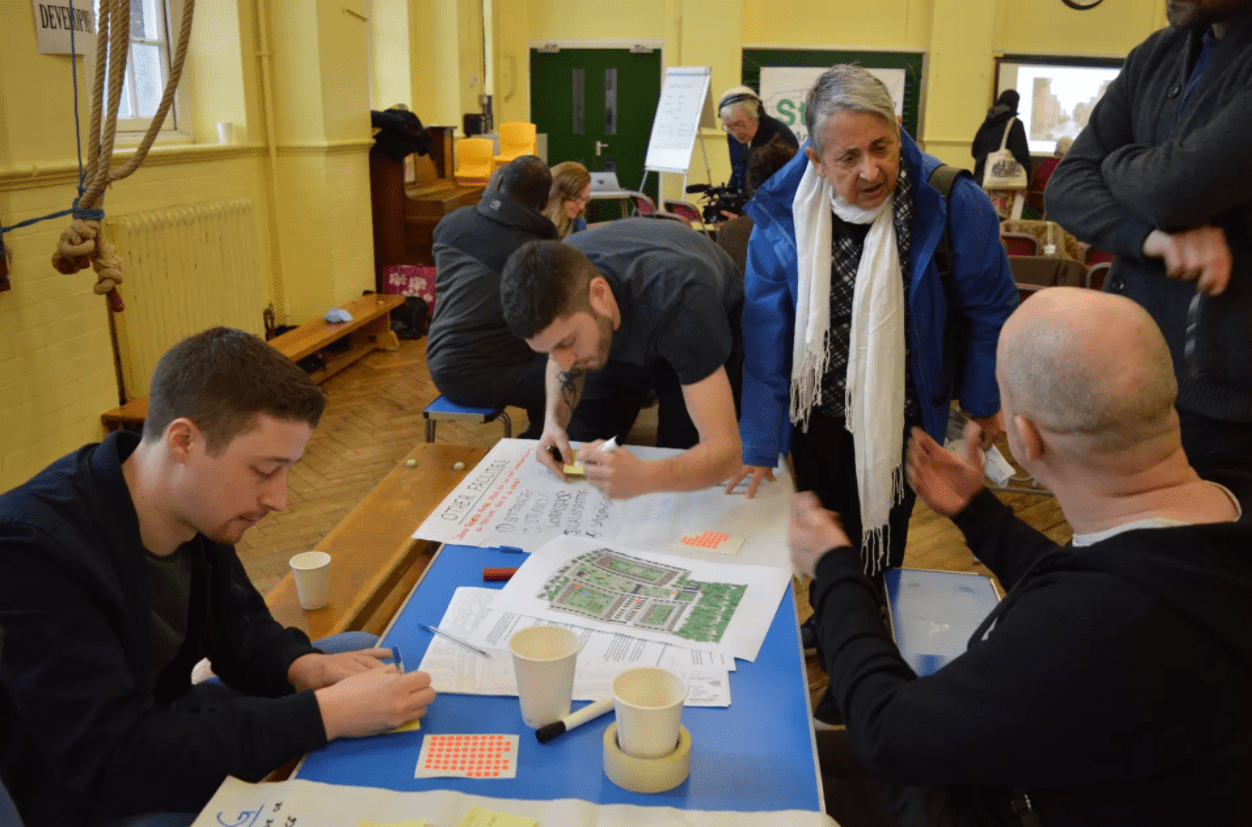London is in the grips of an acute housing crisis. According to, London’s Deputy Mayor for Housing, James Murray, 80% of homes built in the capital are only affordable to 8% of people who live in London. Finding an affordable and long-term place to live has become increasingly difficult for millions of low and middle income Londoners. There are a couple of big reasons underpinning this problem. Firstly, London property is more than a place to live, for investors it’s valued as an attractive asset; secondly, London has hundreds of thousands fewer social homes
Topics:
neweconomics considers the following as important:
This could be interesting, too:
Robert Vienneau writes Austrian Capital Theory And Triple-Switching In The Corn-Tractor Model
Mike Norman writes The Accursed Tariffs — NeilW
Mike Norman writes IRS has agreed to share migrants’ tax information with ICE
Mike Norman writes Trump’s “Liberation Day”: Another PR Gag, or Global Reorientation Turning Point? — Simplicius
London is in the grips of an acute housing crisis. According to, London’s Deputy Mayor for Housing, James Murray, 80% of homes built in the capital are only affordable to 8% of people who live in London.
Finding an affordable and long-term place to live has become increasingly difficult for millions of low and middle income Londoners. There are a couple of big reasons underpinning this problem. Firstly, London property is more than a place to live, for investors it’s valued as an attractive asset; secondly, London has hundreds of thousands fewer social homes than it did thirty years ago.
While the scale of the problem is clear, the city’s leaders still rely on the broken, financialised and private developer-driven model of housing development to build their way out of the crisis. However there is another way to build the affordable homes that London and its residents need.
The land beneath our homes
NEF’s research has shown that behind the current housing crisis sits a deeper problem: the unaffordability of land. The land market is a murky world driven by the pursuit of enormous profits. Developers bid high for land, and then use loopholes in the planning system to claim that their scheme would be ‘unviable’ if they are required to produce even relatively minimal levels of affordable housing.
High land prices mean unaffordable homes, low levels of social housing, and few community facilities. This upside-down system means that the price paid for land ultimately dictates what gets built when it should be the other way round.
Where to start
Surplus public-owned land presents an ideal opportunity to build genuinely affordable homes, and sustainable communities that would start to solve the housing crisis – particularly in London. Yet despite this, the government has been pursuing a massive sale of public land – encouraging cash-strapped public authorities to sell their hospitals, courtrooms and car parks to the highest bidder to plug holes in their budgets.
NEF’s analysis shows that the sale of public land is failing to solve the housing crisis – in fact, it’s making it worse. Only one in five of the new homes forecast to be built on public land and sold off are likely to be classified as ‘affordable’, and as little as 6% of new homes are likely to be social rented housing.

Photo from StART Haringey
Working with communities to Save Public Land
Right now, communities up and down the country are fighting against public land sales. In London where some of the biggest sales have been happening, NEF has been helping community groups to intervene in individual sales to secure public land for community housing – so that the needs of people, families and communities determines what gets built locally.
StART Haringey: St Ann’s Hospital, North London
StART Haringey is a group of local residents in north London who have developed detailed and costed plans to build 800 homes on the former St Ann’s Hospital site. Three quarters of these homes will be genuinely affordable for local residents. Their campaign was prompted by anger over the original developer’s plans for the site, which contained just 14% affordable homes. NEF has been working to support the group with its bid to acquire and develop the site, helping them to develop a Social Return on Investment (SROI) analysis of their scheme, and helping them make the economic and social case for community-led housing.
Rural Urban Synthesis Society (RUSS), Lewisham
RUSS are a community-led housing group based in Lewisham, South London. We’ve been working with the group to host a series of training events for RUSS and 15 other community-housing groups to help them understand the UK’s land system and how they can take forward plans to develop genuinely affordable housing on public land sites. RUSS have managed to acquire land from their local authority and are currently developing the site into genuinely affordable community-led homes.
Reclaim Holloway: Holloway Prison
In August 2017, NEF started working with Reclaim Holloway, an alliance of groups who are now campaigning for the site – which is being prepared for sale to private developers – to remain in public hands. Since then, we have put the group in contact with a community housing expert who has helped them consider how they could build a community-led housing development on the site, and provided strategy advice sessions to key organisers. We’re going to be working with them more this year to take their plans forward.
The work of these groups, and others like them, clearly shows that when communities come together, they can develop the strategy and plans to create a better housing system locally – even in the face of austerity.

